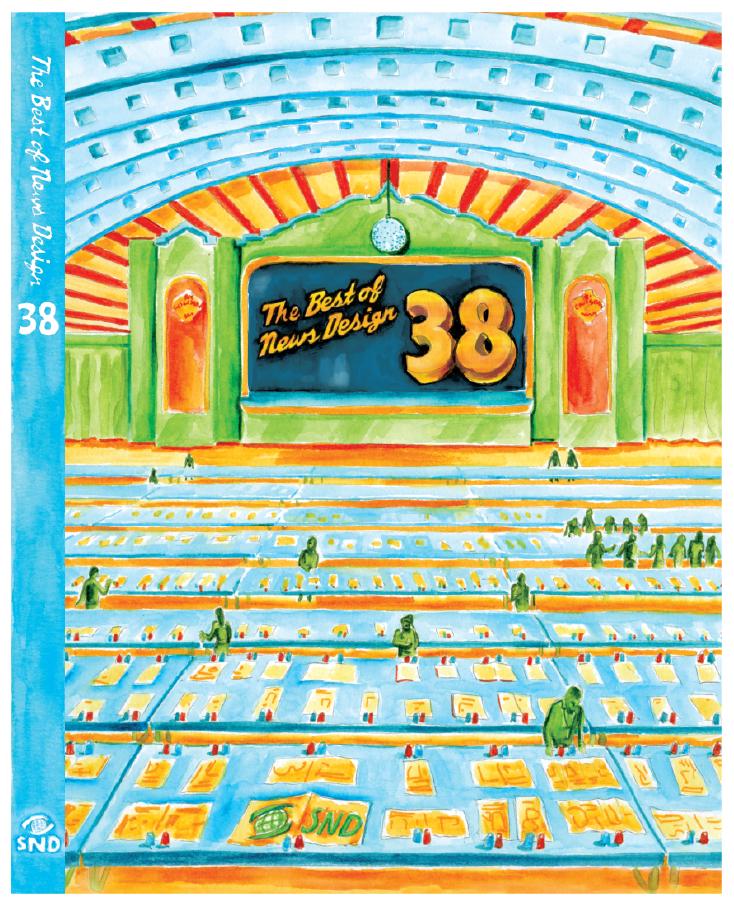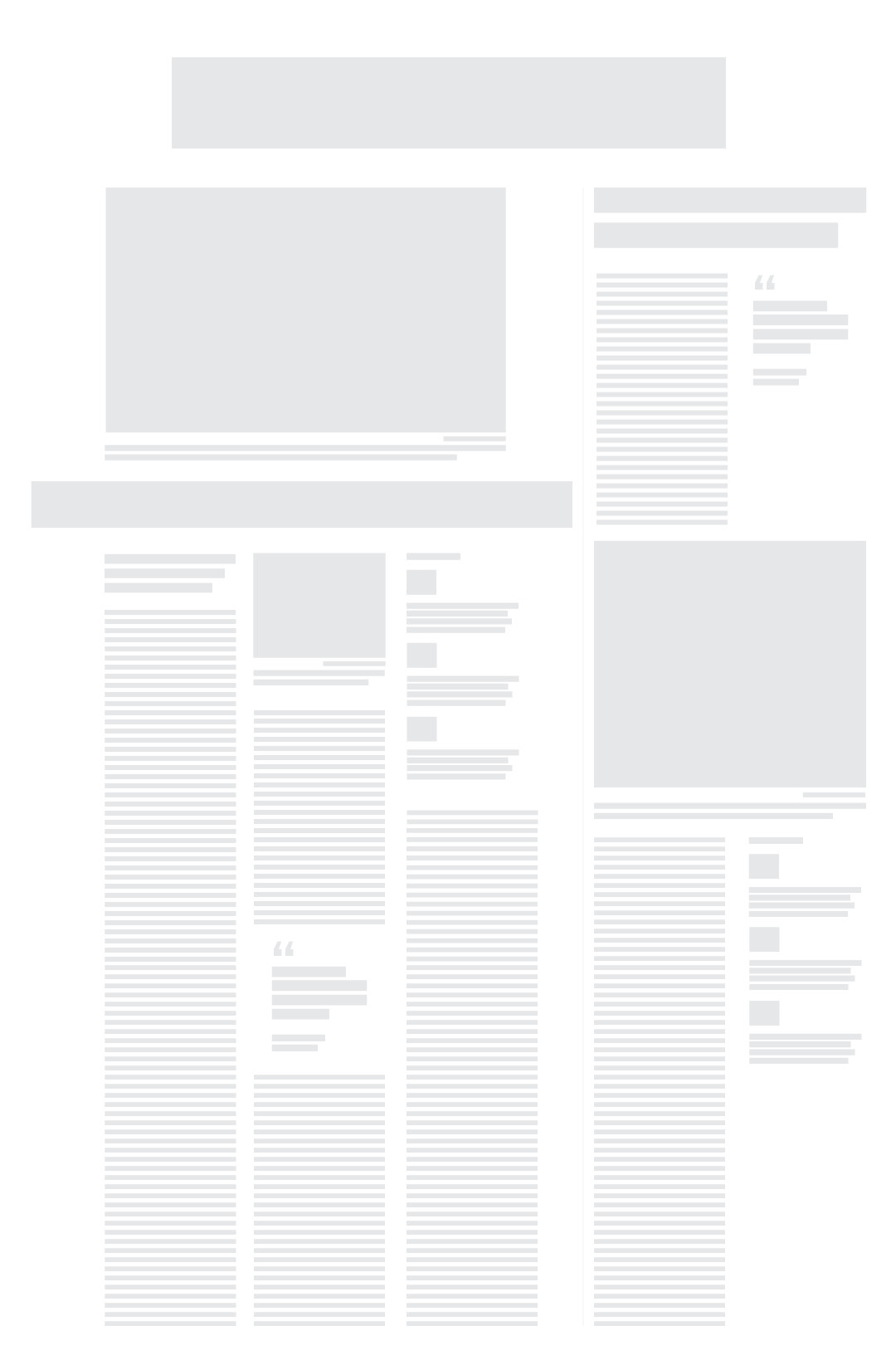Dominant imagery
The dominant imagery of the sections also differed. News and sports used photography the most often (60.85% and 55.56% respectively) while opinions and features both used illustration the most (61.29% and 42.31% respectively). Features was also more likely to use a photo illustration than any other section (17.69%) while news was more likely to use infographics than any other section (11.91%).
Number of images versus percent dominant image
There was a trend between the number of images and the size of the dominant image. Pages that had a higher number of images usually had smaller dominant images. The page that had the highest number of images had 201 images, but the dominant image was only .24 percent of the page. The largest image size though was 97.72 percent of the page, and was the only image on the page. There were a few outliers, including a page that had 25 images on it and had a dominant image size of 92.13 percent, which may be explained by having one very large image, with smaller image on top of it.
Conclusion
The findings from this study highlight what the main components of award-winning news design are and how they vary across section and country. Overall, dominant images on pages tend to take up around half of the page, while headlines are very small and only around 4 percent of each page. White space is approximately 60 percent of each page, and there’s an average of 6.72 images per page.
A limitation of this study is that white space was calculated by determining which pixels were below 50 percent black when converted to grayscale, which isn’t necessarily the most effective way to measure purposeful white space on a page.
Additional studies could focus solely on white space with a more intricate methodology focused on breaking down purposefully added white space that ignores the typical leading and margins of a newspaper. This would give a more detailed look at how papers typically employ white space, whether that be around photos, headlines or body copy to make particular items jump out to the reader.
Another study could look at additional award-winning designs over the course of multiple years to chart the changes in design components and see how things have changed over time. This could be done in either consecutive years, or every five or ten years depending on what time frame is being analyzed.
Because there is so little research done regarding award-winning news design, there is plenty of additional research that can be done to further the investigate what makes a particularly compelling, unique and interesting page.























